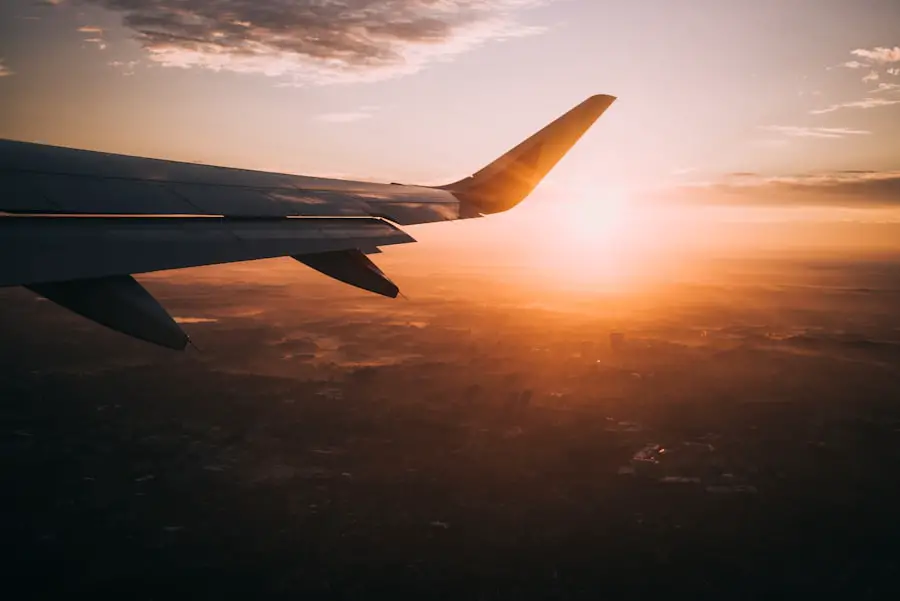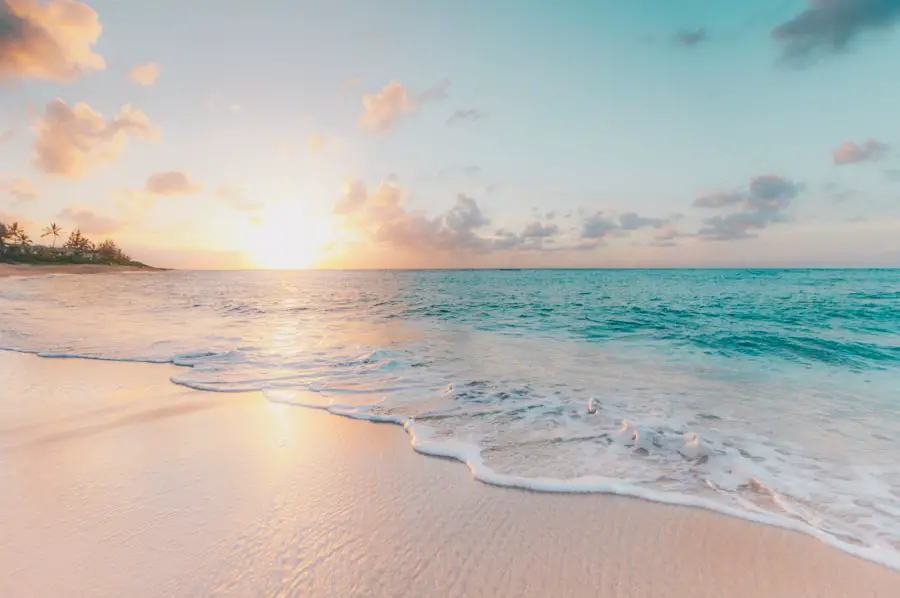The Pacific Northwest (PNW) is a region that captivates the imagination with its stunning landscapes, diverse ecosystems, and vibrant culture. Stretching from northern California through Oregon and Washington to the southern coast of British Columbia, the PNW is characterized by its dramatic coastlines, towering mountains, lush forests, and bustling urban centers. The region is often celebrated for its unique blend of natural beauty and cultural richness, making it a prime destination for outdoor enthusiasts, food lovers, and those seeking a deeper connection with nature.
One of the defining features of the Pacific Northwest is its climate, which varies significantly from coastal areas to inland regions. The coastal areas experience a temperate maritime climate, characterized by mild, wet winters and cool, dry summers. In contrast, the interior regions can experience more extreme temperatures, with hot summers and cold winters.
This climatic diversity contributes to the region’s rich biodiversity, supporting a wide array of flora and fauna that thrive in its varied environments. From the iconic Douglas firs of the coastal rainforests to the arid landscapes of eastern Washington, the PNW is a testament to nature’s ability to adapt and flourish.
Key Takeaways
- The Pacific Northwest is known for its stunning natural beauty, diverse wildlife, and unique seasonal experiences.
- Spring in the Pacific Northwest brings blooming flowers, lush greenery, and mild temperatures, making it the perfect time for outdoor exploration and nature walks.
- Summer is the peak season for outdoor adventures in the Pacific Northwest, with opportunities for hiking, camping, kayaking, and other outdoor activities.
- Fall in the Pacific Northwest is a colorful spectacle of foliage, with vibrant shades of red, orange, and yellow covering the landscape.
- Winter in the Pacific Northwest transforms the region into a snowy wonderland, offering opportunities for skiing, snowboarding, and other winter sports.
Spring: The Season of Blooming Beauty
As winter recedes and the days grow longer, spring emerges as a vibrant tapestry of colors and scents in the Pacific Northwest. This season is marked by the blossoming of cherry trees, magnolias, and rhododendrons, transforming parks and gardens into breathtaking displays of floral beauty. The annual Skagit Valley Tulip Festival in Washington is a prime example of spring’s splendor, where fields of tulips stretch as far as the eye can see, drawing visitors from near and far to witness this floral extravaganza.
The festival typically runs throughout April, offering a chance to explore not only the tulip fields but also local art, food vendors, and live music. In addition to the visual feast provided by blooming flowers, spring in the PNW is also a time for wildlife activity. As temperatures rise, animals emerge from hibernation, and migratory birds return to their nesting grounds.
The region’s national parks, such as Mount Rainier and Olympic National Park, become popular destinations for hikers eager to witness the awakening of nature. Trails that were once blanketed in snow become accessible again, revealing stunning vistas and cascading waterfalls fed by melting snowpack. The sound of rushing water fills the air as streams swell with spring runoff, creating an invigorating atmosphere that beckons adventurers to explore.
Summer: The Peak Season for Outdoor Adventures

Summer in the Pacific Northwest is synonymous with outdoor adventure. With long days filled with sunshine and mild temperatures, this season invites residents and visitors alike to immerse themselves in the region’s natural wonders. Hiking trails abound, ranging from leisurely strolls through old-growth forests to challenging ascents up rugged mountain peaks.
Iconic hikes like the Pacific Crest Trail offer breathtaking views of alpine lakes and expansive vistas that showcase the region’s dramatic topography. Water activities also take center stage during the summer months. The PNW boasts an abundance of lakes, rivers, and coastal areas perfect for kayaking, paddleboarding, and fishing.
The Columbia River Gorge is particularly popular for water sports enthusiasts, offering opportunities for windsurfing and kiteboarding due to its unique wind patterns. Additionally, summer is an ideal time for camping under the stars in one of the many national or state parks. Campgrounds fill up quickly as families and friends gather around campfires to share stories and enjoy the serenity of nature.
Fall: A Colorful Spectacle of Foliage
| Location | Peak Foliage Time | Popular Activities |
|---|---|---|
| New England | Mid-September to Late October | Hiking, Leaf Peeping, Photography |
| Great Smoky Mountains | Mid-October to Early November | Scenic Drives, Wildlife Viewing, Camping |
| Rocky Mountains | Late September to Early October | Hiking, Mountain Biking, Fishing |
As summer fades into autumn, the Pacific Northwest transforms into a canvas painted with vibrant hues of red, orange, and gold. Fall foliage in this region is nothing short of spectacular, with deciduous trees like maples and oaks showcasing their brilliant colors against a backdrop of evergreen forests. Scenic drives such as the Mount Hood Scenic Byway offer breathtaking views of this seasonal transformation, attracting leaf-peepers eager to capture the beauty of nature’s palette.
In addition to its visual appeal, fall in the PNW is also a time for harvest festivals celebrating local agriculture. Farmers’ markets brim with seasonal produce such as pumpkins, apples, and squash, inviting visitors to indulge in the flavors of autumn. The Hood River Valley Harvest Fest in Oregon is a prime example of this seasonal celebration, featuring local artisans, food vendors, and live entertainment amidst the stunning backdrop of orchards bursting with ripe fruit.
This festival not only highlights the region’s agricultural bounty but also fosters a sense of community as locals come together to celebrate the changing seasons.
Winter: A Wonderland for Snow Enthusiasts
When winter blankets the Pacific Northwest in snow, it transforms into a wonderland for snow enthusiasts.
The region’s mountainous terrain offers some of the best skiing and snowboarding opportunities in North America. Resorts like Stevens Pass and Mount Baker attract winter sports aficionados with their diverse terrain and reliable snowfall.Mount Baker is particularly renowned for its record-breaking snowfall; it holds the world record for the most snowfall in a single season at 1,140 inches during the 1998-1999 winter. Beyond skiing and snowboarding, winter in the PNW also provides opportunities for snowshoeing and cross-country skiing. Trails that wind through snow-covered forests offer a peaceful escape from the hustle and bustle of daily life.
National parks like Olympic National Park become serene havens where visitors can explore winter trails while enjoying breathtaking views of snow-capped mountains and frozen waterfalls. The tranquility of these winter landscapes invites reflection and appreciation for nature’s beauty during this quieter season.
Best Time for Whale Watching and Wildlife Viewing

Summer Spotlight: Orcas in Their Element
The summer months are ideal for observing orcas, one of the region’s most iconic marine mammals, as they actively hunt for salmon along the coasts of Washington and British Columbia. Tours departing from Friday Harbor on San Juan Island provide a unique chance to witness these majestic creatures breaching and swimming alongside boats.
Marine Life Abundance
Beyond orcas, the Pacific Northwest is home to a diverse range of marine life, including humpback whales, gray whales, sea lions, and various seabirds. Gray whales, in particular, can be spotted during their annual migration from Mexico to Alaska between late March and early June, offering another prime opportunity for whale watchers.
Terrestrial Treasures
Wildlife viewing in the Pacific Northwest extends beyond marine life, with opportunities to observe terrestrial animals such as elk, deer, bears, and eagles in their natural habitats throughout various seasons. National parks like Olympic National Park offer excellent opportunities for spotting wildlife while hiking or driving through scenic routes, with early morning or late afternoon often being the best times for wildlife encounters when animals are most active.
Festivals and Events Throughout the Year
The Pacific Northwest boasts a vibrant calendar filled with festivals and events that celebrate its culture, heritage, and natural beauty throughout the year. From food festivals showcasing local cuisine to music festivals featuring renowned artists, there is something for everyone in this dynamic region. One notable event is Seattle’s Bite of Seattle held every July; it brings together local restaurants and food vendors to showcase their culinary creations while offering live entertainment.
In addition to food festivals, art enthusiasts can enjoy events like Portland’s First Thursday Art Walks where galleries open their doors to showcase local artists’ work while providing an opportunity for community engagement. These events foster a sense of connection among residents while highlighting the region’s artistic talent. Seasonal celebrations also play a significant role in bringing communities together.
The Oregon State Fair held every August features agricultural exhibits alongside carnival rides and live performances that celebrate local culture. Similarly, Washington’s annual Daffodil Festival celebrates spring with parades showcasing vibrant floats adorned with daffodils while promoting community spirit.
Tips for Navigating the Pacific Northwest’s Seasonal Weather
Navigating the diverse weather patterns of the Pacific Northwest requires preparation and adaptability. Given its varied climate zones—from coastal rainforests to arid plateaus—visitors should be equipped with appropriate clothing for changing conditions throughout their stay. Layering is key; lightweight moisture-wicking base layers combined with insulating mid-layers allow individuals to adjust their attire based on temperature fluctuations.
Rain is a hallmark of PNW weather; thus waterproof jackets and footwear are essential items for anyone exploring outdoor attractions year-round. Even during summer months when sunshine prevails in many areas, sudden rain showers can occur unexpectedly—especially in coastal regions—so being prepared ensures an enjoyable experience regardless of weather conditions. Additionally, understanding seasonal variations can enhance travel plans significantly.
For instance, springtime offers blooming flowers but may also bring unpredictable rain showers; conversely, summer provides ideal hiking conditions but can lead to crowded trails at popular destinations. By researching seasonal highlights ahead of time—such as peak bloom periods or wildlife migration patterns—travelers can maximize their experiences while immersing themselves fully in all that this remarkable region has to offer. The Pacific Northwest stands out as a region rich in natural beauty and cultural experiences throughout every season.
From spring’s blooming flowers to winter’s snowy landscapes, each time of year offers unique opportunities for exploration and enjoyment that resonate deeply with those who venture into this captivating part of North America.
FAQs
What is the best time to travel to the Pacific Northwest?
The best time to travel to the Pacific Northwest is during the summer months, from June to August, when the weather is generally warm and dry.
What is the weather like in the Pacific Northwest during the best time to travel?
During the summer months, the weather in the Pacific Northwest is typically mild and pleasant, with average temperatures ranging from 60-80°F (15-27°C).
Are there any specific events or festivals to consider when planning a trip to the Pacific Northwest?
The Pacific Northwest is known for its vibrant music and arts scene, with numerous festivals and events taking place during the summer months. Some popular events include the Oregon Shakespeare Festival, Seattle International Film Festival, and Portland Rose Festival.
What are some popular outdoor activities to enjoy in the Pacific Northwest during the best time to travel?
The Pacific Northwest offers a wide range of outdoor activities, including hiking, camping, kayaking, and whale watching. The region is also known for its scenic national parks and beautiful coastline.
Are there any considerations to keep in mind when traveling to the Pacific Northwest during the best time?
It’s important to book accommodations and activities in advance, as the Pacific Northwest is a popular tourist destination during the summer months. Additionally, it’s advisable to pack layers and rain gear, as the weather can be unpredictable in this region.
